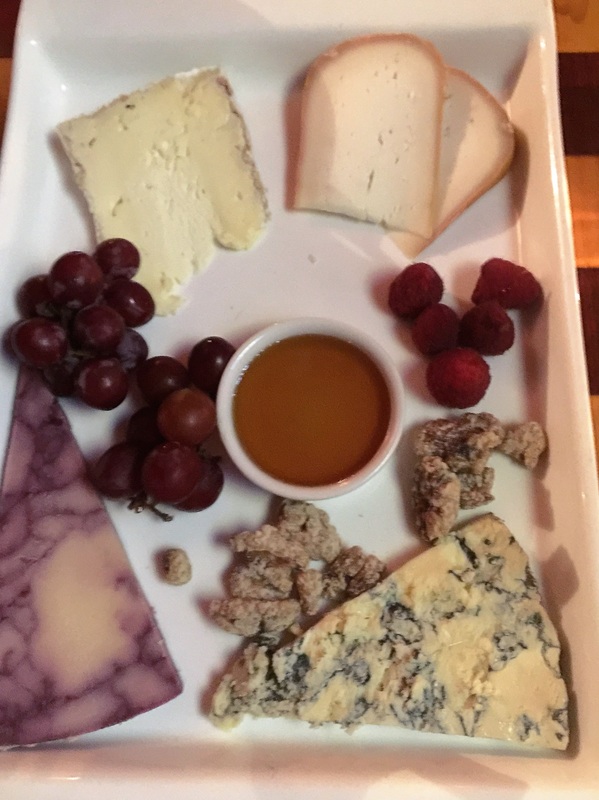
As far back as recorded history, we have evidence that humans fermented foods.
Fermented foods extended the shelf life of ancient foods that might have otherwise spoiled: Examples are cured and aged meats and fishes, fermented vegetables, cheeses, yogurts, and alcohol.
Fermented foods are associated with boosting the immune system and aiding digestion. They actually feed the intestines with good bacteria called probiotics.
Let's look at the words probiotics and antibiotics.
PROBIOTICS=PRO+BIOTICS
That means PRO, which is for, or yes, and BIOTICS, which is from BIO, which is life. Yes to life, life in our digestive system.
ANTIBIOTICS=ANTI+BIOTICS
That means ANTI, which is no, or against, and BIOTICS, which is from BIO, which is life. No to life, against life in the digestive system.
The good bacteria living inside our digestive tract is there to help absorb the enzymes and nutrition from the food we eat. It also weeds out the bad bacteria that passes through. Eating fermented foods (probiotics) not only increases the absorption of the vitamins and minerals of the fermented foods, but from ALL the foods we eat. We need a huge variety of probiotics in the intestines to live well. We have more types of probiotics in our intestines than the total cells in our entire body. There are billions of types of probiotics in our GI tract. We need to have a varied garden, so to speak. When we eat processed foods, the standard American diet, take antibiotics for every little ailment, and do not replant our garden, we may suffer with a barren garden. Then the immune system may be suppressed and we may become more susceptible to colds and flu. We may eventually suffer what is called leaky gut, where digestive acids and food particles actually leak through the intestinal walls and float freely throughout the body causing pain, gas, heartburn, food sensitivities, allergies, etc.
Fermented veggies are a great source of probiotics. If we make it ourselves, and vary the veggies we use and eat, we can have a plethora of the good bacteria, and replant our garden. We will have a beautiful intestinal garden. Don't be misled by regular store bought pickled veggies and sauerkraut. They add vinegar, sugar, salt, and sometimes citric acid or preservatives. Then they heat treat the mixture to pasteurize the veggies. It tastes wonderful, and makes them last a long time at room temperature on the store shelves. The pasteurization, the heating, kills the benefits of the fermentation process. There are no probiotics at all. You may, however buy raw, fermented varieties of veggies at health food stores and higher end grocery stores. Just ask your local store. They will always be refrigerated.
HOW DOES FERMENTATION WORK?
The natural bacteria feed on itself, and feed on the fibers and starch in the veggies. That's why if you are on a low sugar eating protocol, you can have Kombucha or beef jerky because the sugars are eaten by the bacteria in the process and very little is left. The sugars and starch in the fermented food turn into lactic acid. That is how it becomes sour tasting, pickled tasting. That is also how it creates the various good bacteria and vitamins. This extends the natural shelf life of the veggies or proteins. In the ancient days they would put it in the shade or in a cave or under ground for storage after it was done fermenting.
Even though the fermented foods tastes sour and acidic, they create an alkaline environment in the body, which is great for our health. Cancer and inflammatory diseases have a hard time thriving in an inflammatory environment. If 80% of our immunity begins in the gut, as many doctors tell us in the mainstream media, I want to fill my gut with fermented foods.
PREBIOTICS
Let me touch a little upon prebiotics because this word is often used in conjunction with probiotics. Prebiotics are food for the probiotics. Water, plant food, and sunshine feed your backyard garden, right? Prebiotics feed the intestinal bacteria. We find prebiotics naturally in food sources as well, in plant sources. They are fibrous plants. The highest sources of prebiotics we can eat are:
LEEKS
ONIONS
GARLIC
JERUSALEM ARTICHOKES
ASPARAGUS
CHICORY ROOT
RADICCHIO
ENDIVE
BURDOCK
ARTICHOKE
DANDELIONS
BANANAS
We cannot digest these fibers, but the probiotics in our intestinal garden can. Whatever is not used, we eliminate.
OK, Let's make some fermented foods!

 RSS Feed
RSS Feed